
Mr. Zen Koh has almost 20 years of healthcare-related industry experience. He is currently the co-founder, Deputy Group CEO, and Board Member of the Fourier Intelligence Group of 12 companies.
Concurrently, he also carries the role of the CEO for the Global Hub based in Singapore. Fourier Intelligence is a technology-driven company infusing creativity into the development of exoskeleton and rehabilitation robotics. Over the past three years, Fourier Intelligence has successfully raised multiple rounds of investments amounting to more than RMB 350 million.
Zen Koh was formerly the Managing Director of Hocoma’s Asia Pacific Hub in Singapore. He is responsible for developing the Asia Pacific market since 2010. Prior to Hocoma, he was the Assistant Chief Executive of Singapore National Co-operative Federation, the apex body for 74 Co-operatives in Singapore, supporting more than 1.7 million members with total assets of more than S$1.3 billion.
1. What industries in Singapore are most in need of robotic solutions?
There is increasing demand for robotics in healthcare and logistics, as well as retail and e-commerce, food and beverage, construction and building services as well as education and training.
Singapore, known for its highly developed and technologically advanced economy, is seeing an increasing demand for robotics in various industries. In healthcare, the use of robots has become increasingly popular to assist doctors and nurses in providing patient care. Robots are used to perform surgeries, deliver medication and perform repetitive tasks like taking vitals.
Logistics is another industry that is benefiting from robotic solutions. With the rise of e-commerce and last-mile delivery services, businesses are looking to automate their supply chains to ensure timely deliveries while reducing operational costs. Robots can help by picking and packing items in warehouses as well as delivering goods to customers' doorsteps.
Food and beverage businesses are also turning towards automation to streamline their operations. The use of robots for food preparation has become widespread globally with Singapore being no exception. Robots can help speed up the process while ensuring consistency in taste and quality.
In conclusion, various industries such as healthcare, logistics, retail/e-commerce food & beverage among others have realized that automating certain tasks through robotics comes with a lot of advantages like increased efficiency, reduced wastage/costs alongside other benefits which make it necessary for robot solutions adoption within these sectors if they must remain competitive amidst changing technological trends.
2. How do your robots integrate with existing systems and infrastructure in Singapore?
Our robots can be integrated with existing systems and infrastructure in many ways. For example, they can be connected to existing network infrastructure, such as LANs or cloud-based systems, to access data and services. They can also be configured to work with a range of software and hardware systems that use standard protocols and interfaces. Each robot is custom-built to meet specific integration requirements for your organization.
3. Can you provide case studies or examples of successful implementations of your robots in Singapore?
Here are some examples of successful implementations of our robots in Singapore: Healthcare assistance: National Healthcare Group (NHG) Singapore implemented our rehab robots to assist with patient care, reducing the workload on healthcare staff and improving patient outcomes. Long Term care optimization: SATA CommHealth in Singapore deployed robots to optimize their care operations, improving efficiency.
4. How do your robots improve efficiency and productivity in Singapore's workforce?
Robots can help improve the efficiency and productivity of Singapore's workforce. Robots are able to automate repetitive tasks, freeing up clinicians to focus on more value-adding activities. They can operate with a high degree of accuracy and consistency, reducing errors and improving output quality. They can perform tasks faster than humans in many cases, increasing productivity. The deployment of robots can also provide insights into operations and enable process optimization, leading to cost.
5. How does your company support and maintain your robots in Singapore?
- Remote monitoring
- Regular maintenance
- Maintain pare parts and regular software updates
6. What are the qualities of a great robot?
Great robot qualities are reliability, user-friendliness, adaptability and safety. The reliability of the robot can be determined by the consistency and accuracy of the robot in performing its tasks with minimal downtime. A user-friendly Page 3 / 3 interface makes the robot more accessible to all people, especially those who don't have much experience with robots. Adaptability is related to how well a robot is able to work in different situations and conditions such as changing environments.
7. Do you feel that the learning curve is a challenge for many employees?
Yes and no, the learning curve can be a challenge for many employees when it comes to adopting new technologies. This can be attributed in part to the fact new technologies require employees to learn new skills and processes, which can take time and effort. However, with proper training and support, employees can overcome the learning curve and become proficient in using new technologies, including robots.
8. What are some of the most popular robots in use today?
Some of the most popular include industrial robots, service robots, rehabilitation robots, collaborative or cobots, autonomous mobile robots (AMRs), drones and home robots. The uses for these robots are immense, from factory production lines to hospitals to homes and schools. These are some of the most popular robots in use today.
Industrial robots are used in manufacturing industries to perform repetitive tasks such as assembling and painting. Service robots are designed to assist humans in various ways like cleaning floors, serving food and drinks at restaurants or hotels. Rehabilitation robots help patients recover from physical injuries or disabilities by assisting them with their daily activities. Collaborative or cobots work alongside humans on factory production lines to enhance efficiency while ensuring safety.
9. What are the deterring factors for businesses that might be thinking about investing in robots for their workforce?
The deterring factors for businesses considering investing in robots are: Cost, Complexity, Employee resistance, Technical challenges, Maintenance and repair, Lack of flexibility, and Uncertainty of ROI. But every situation is different, and a careful analysis of the benefits and challenges is necessary to determine if robots are a good fit.
10. What are the challenges that you need to overcome to sell robots in Singapore?
The process of selling robots in Singapore is a complex and challenging process. The main obstacles are the cost, regulation, employee resistance and competition. Each business is different and will face unique challenges, but careful analysis of these barriers will help shape the best approach to bringing robots into business.






.png)
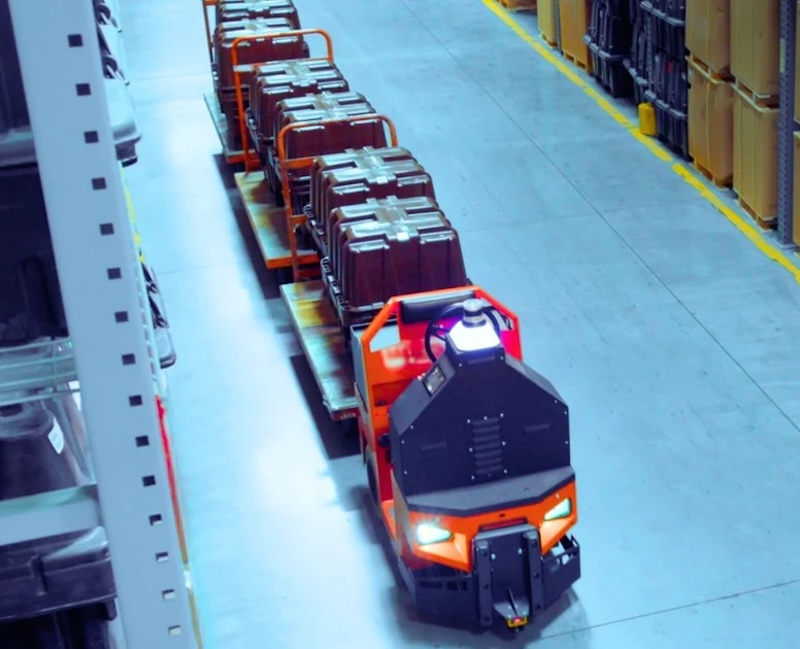


.jpg)
.png)


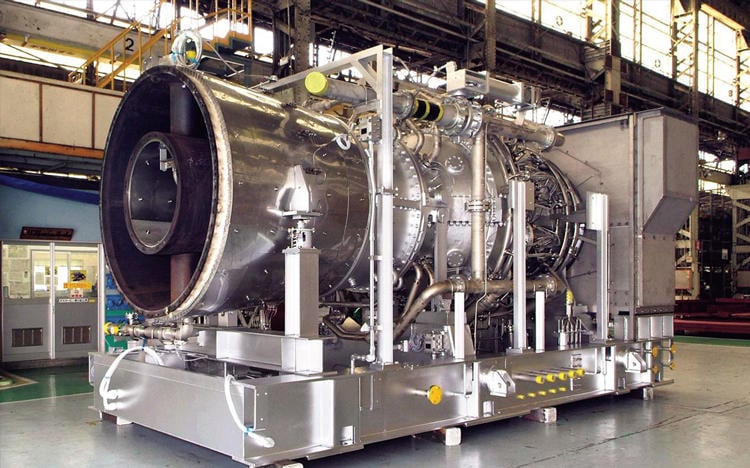
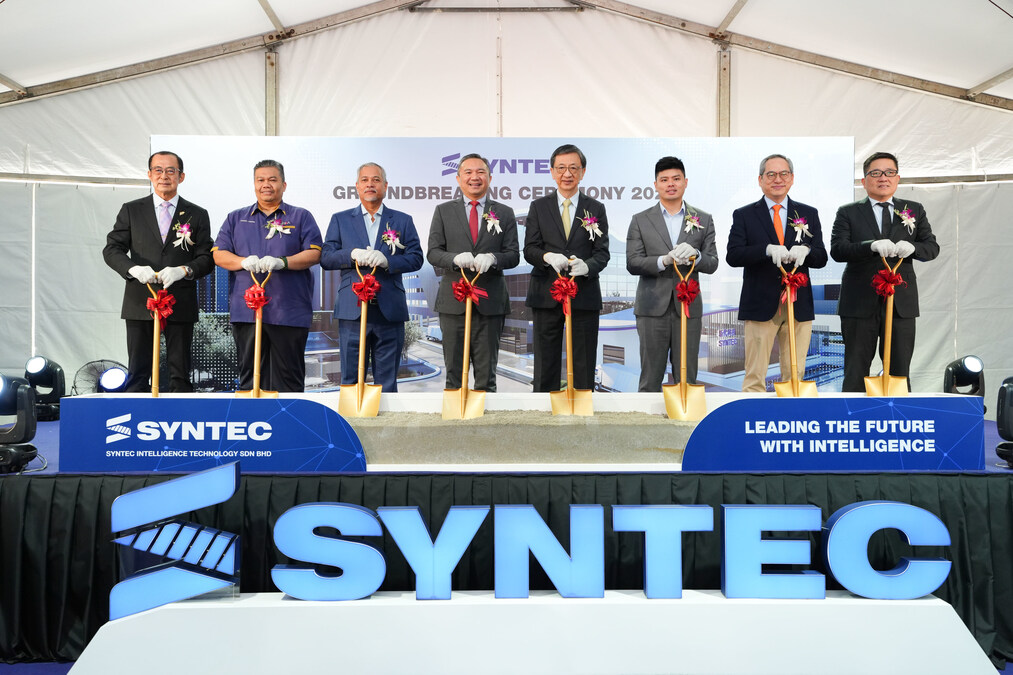

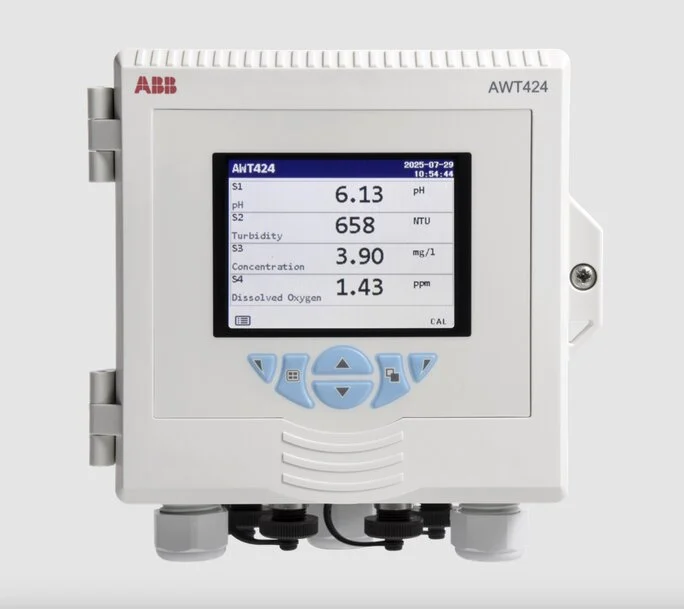

.jpg)
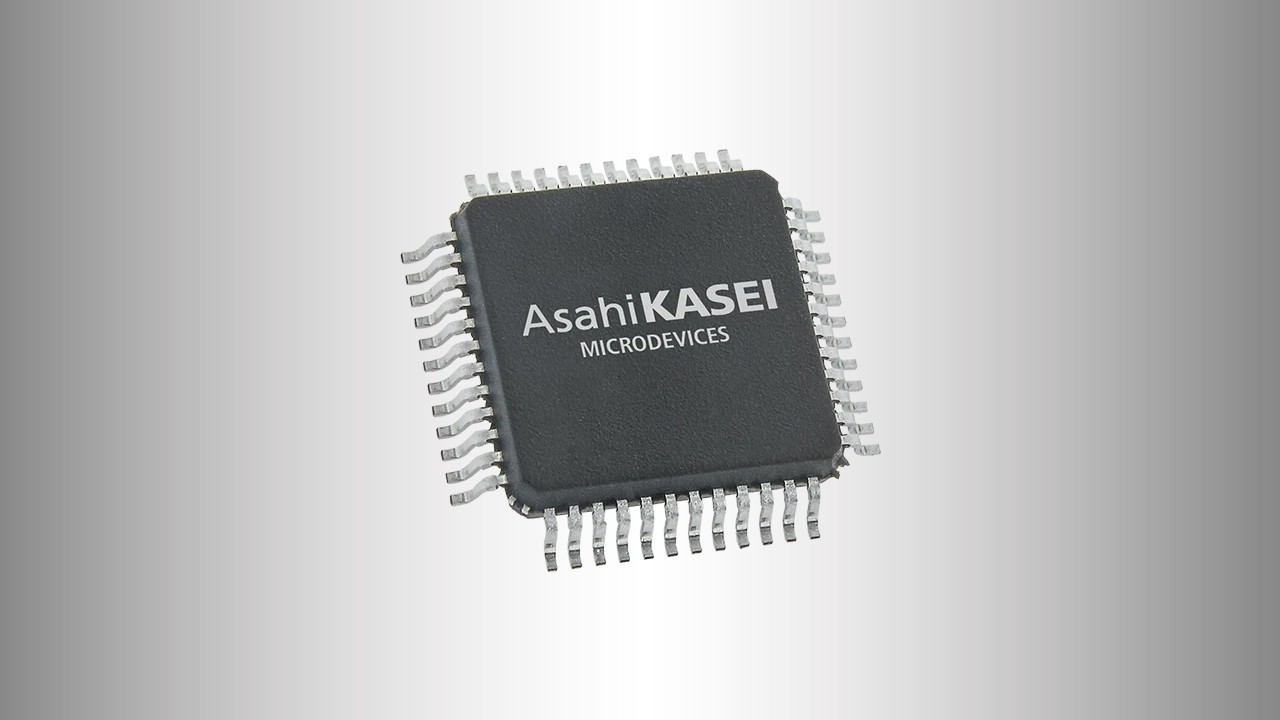
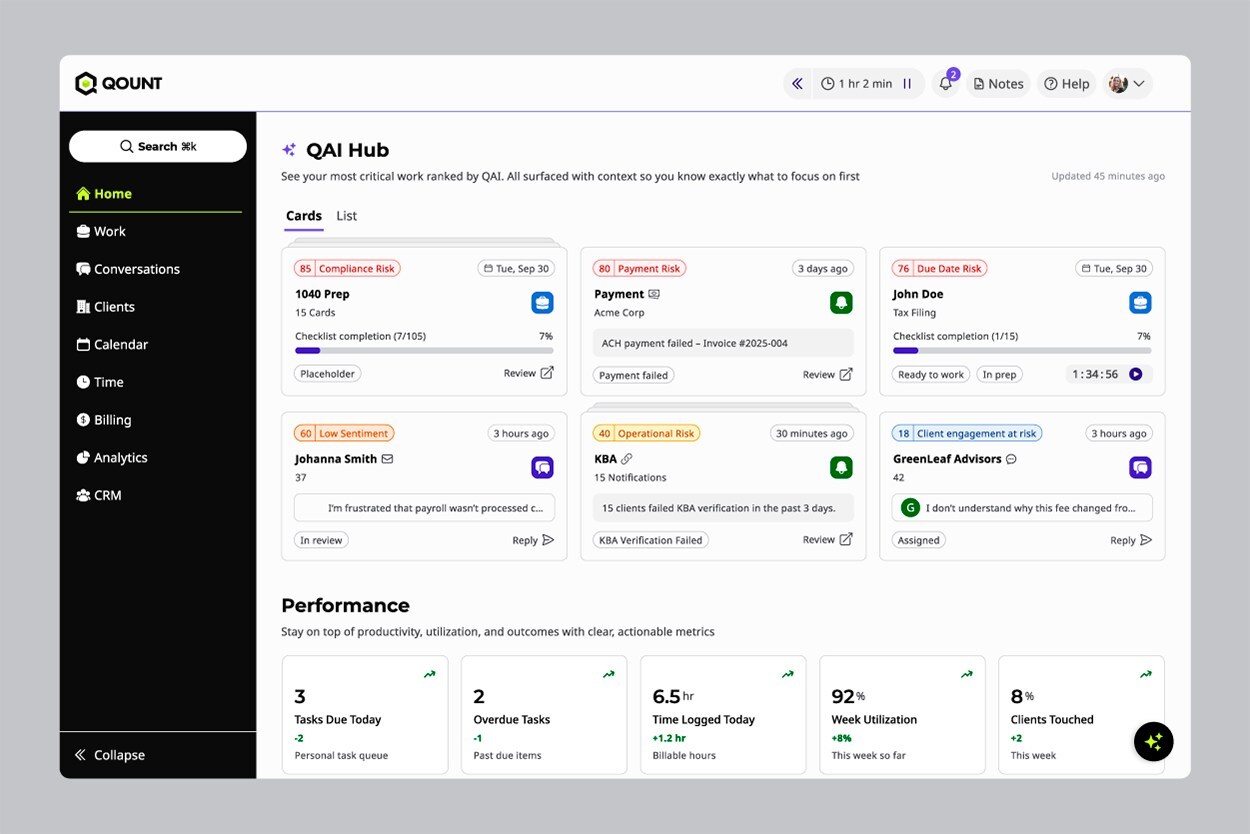









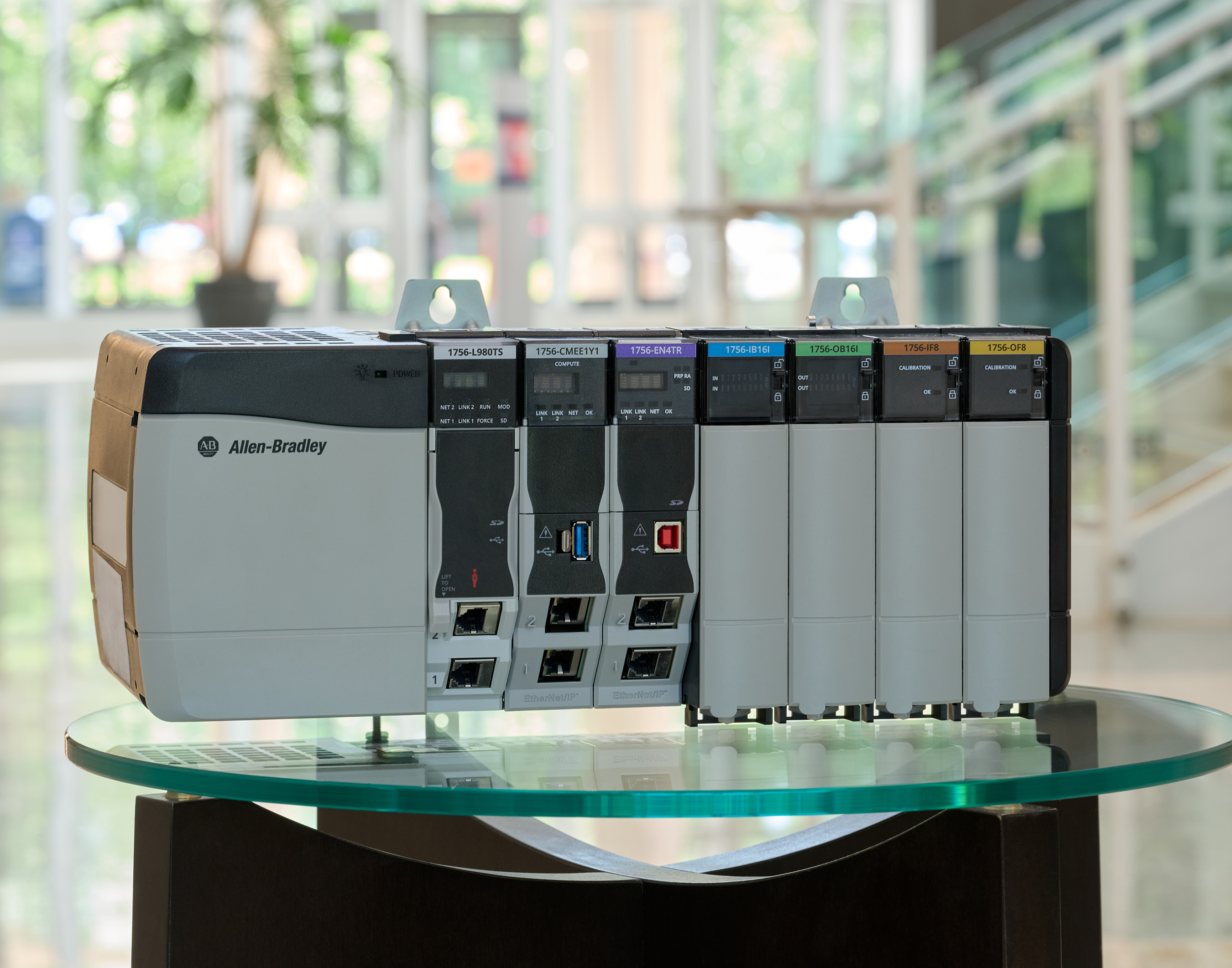

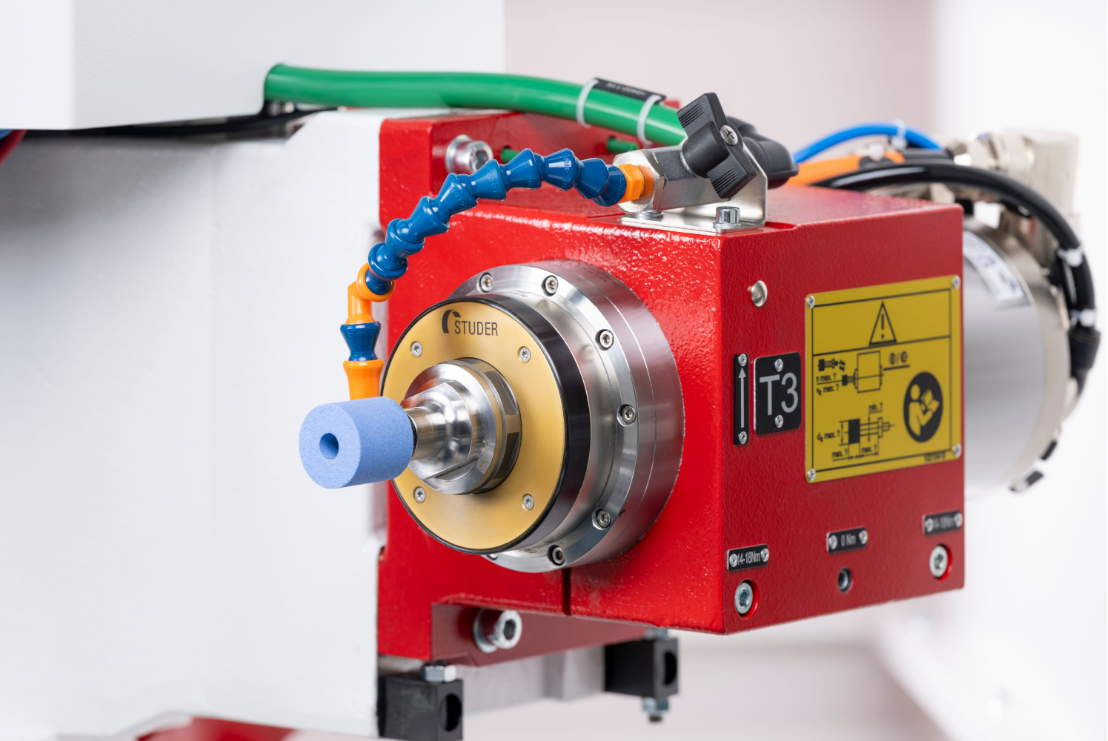

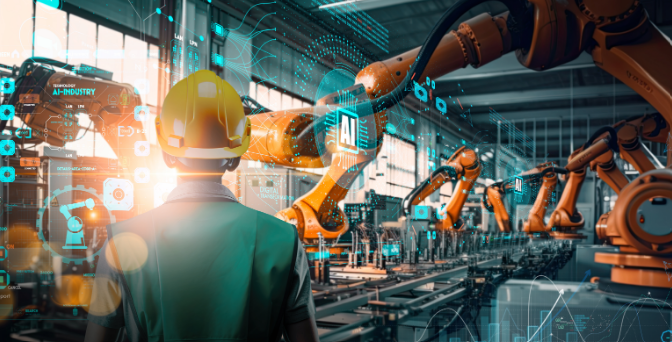




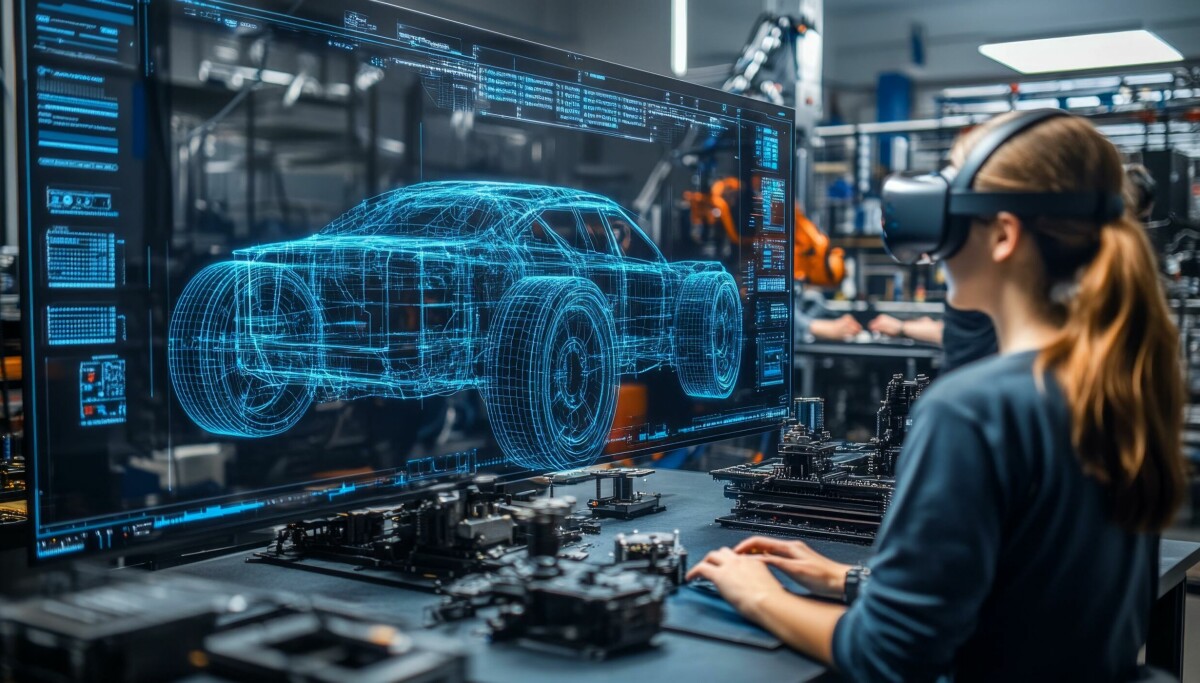

.png)
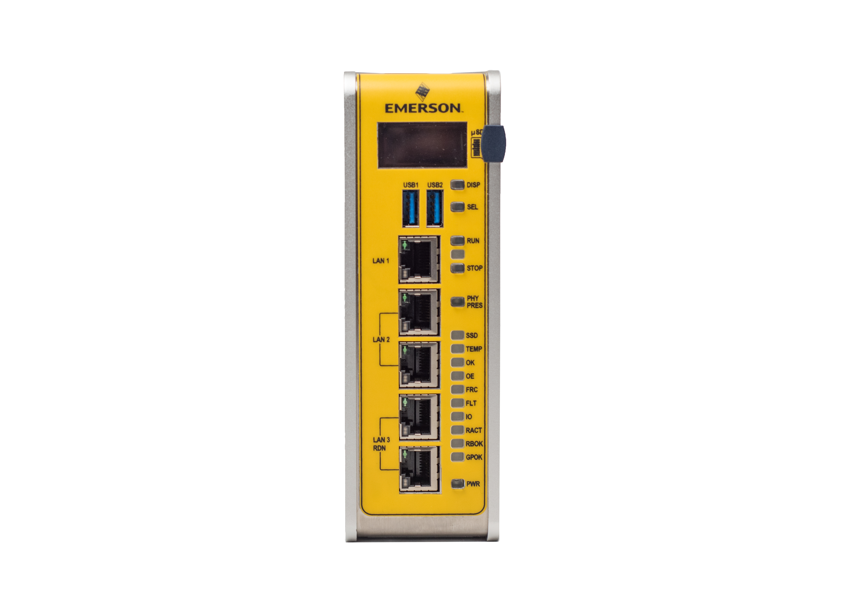
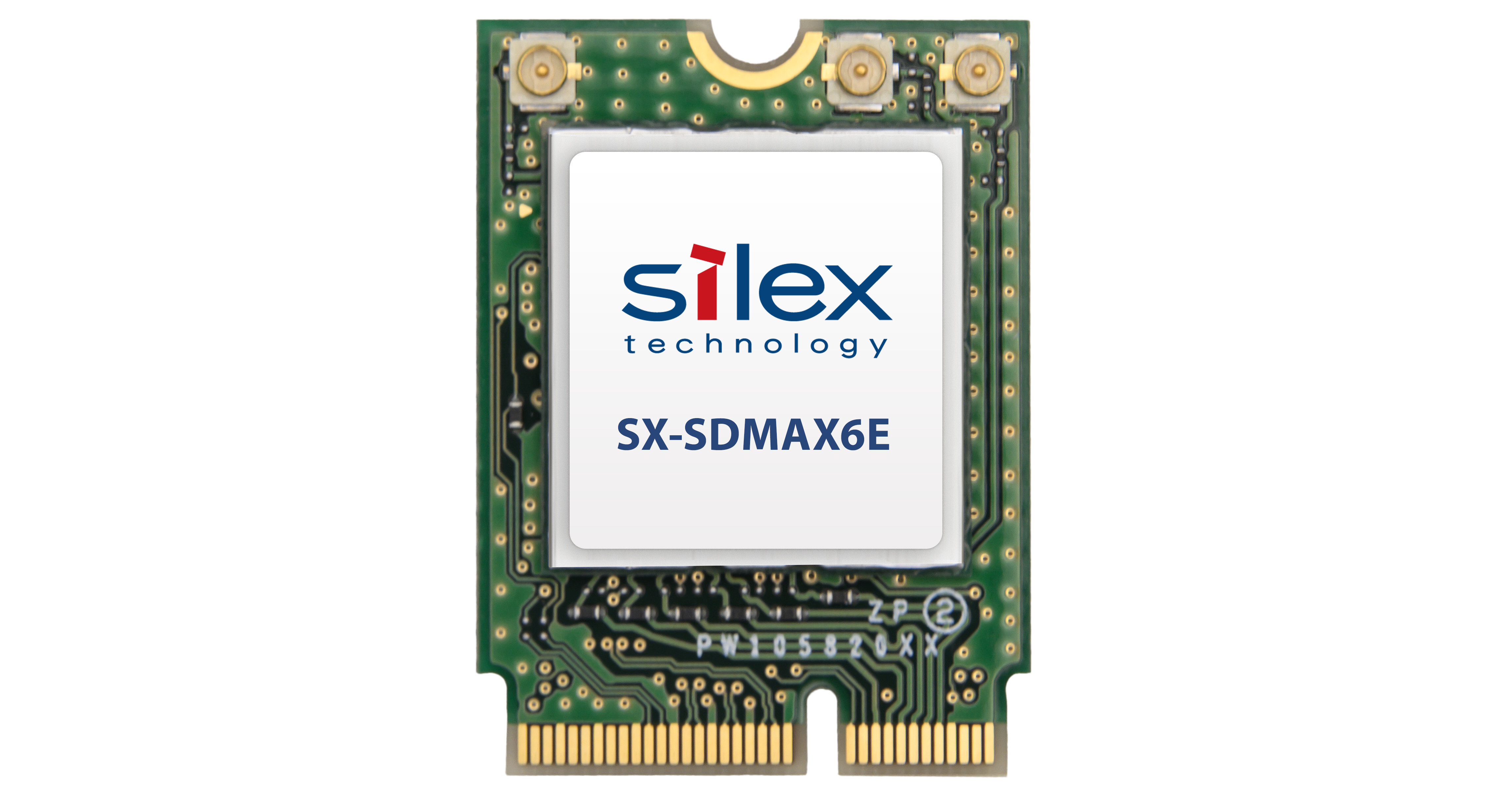



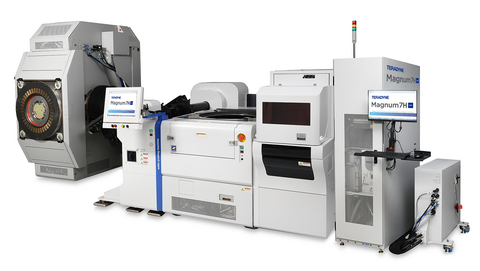
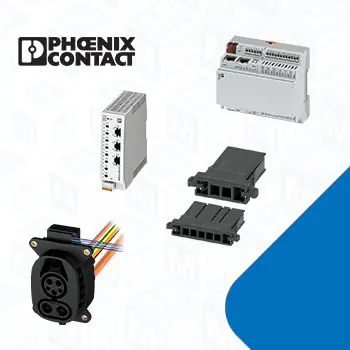

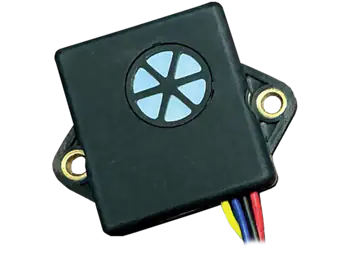


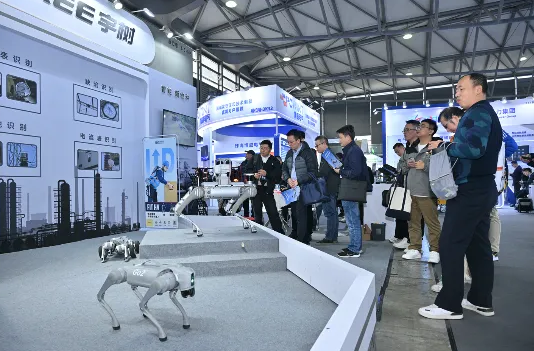
.png)





























.png)











.png)














